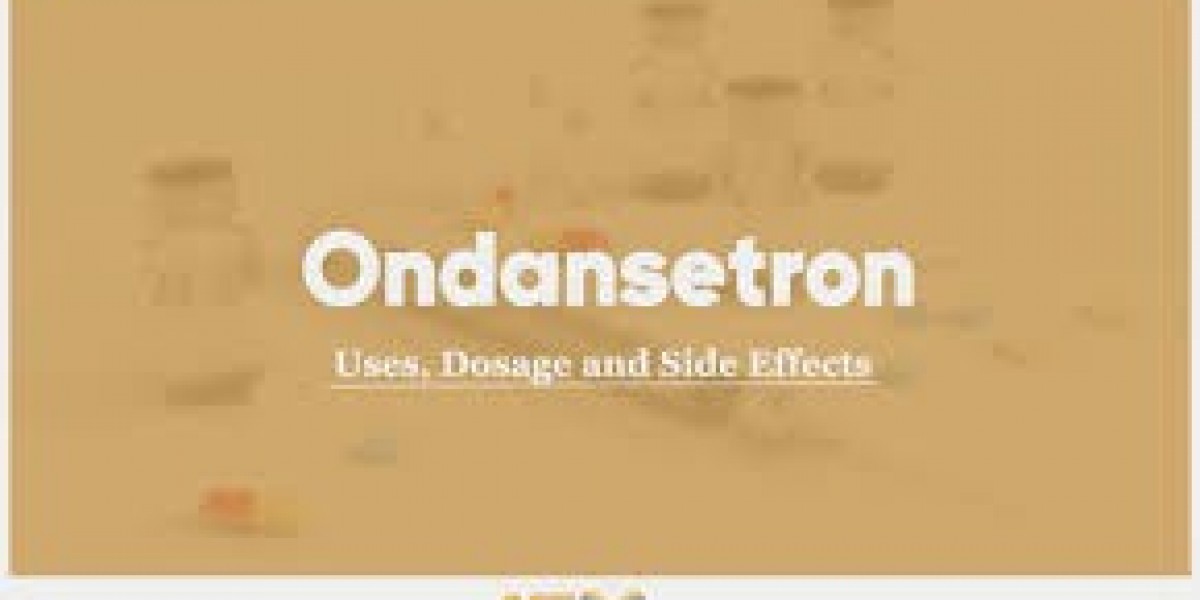Ondansetron is a medication commonly used off-label in veterinary medicine to manage nausea and vomiting in cats . While originally developed for human useparticularly for chemotherapy- or surgery-related nauseaveterinarians have found it effective in treating various causes of vomiting in feline patients.
This article explores the uses, dosage, side effects , and important precautions when using ondansetron for cats.
✅ What Is Ondansetron?
Ondansetron (brand names include Zofran and Zuplenz) is a 5-HT3 receptor antagonist that works by blocking serotonin, a neurotransmitter involved in triggering the vomiting reflex.
In cats, it's often prescribed to treat:
- Nausea and vomiting due to chronic kidney disease (CKD)
- Vomiting associated with chemotherapy
- Post-operative nausea
- Gastrointestinal upset
- Toxin ingestion or poisoning
It comes in several formulations:
- Oral tablets
- Oral disintegrating tablets
- Liquid suspension
- Injectable form (used primarily in hospitals)
? How Does Ondansetron Work in Cats?
Ondansetron blocks serotonin receptors in the brain and gut that trigger the vomiting center. This helps reduce both the sensation of nausea and the physical act of vomiting.
Its effectiveness has made it a popular choice among veterinarians, especially for managing vomiting in cats undergoing cancer treatment or suffering from chronic conditions like kidney failure.
? Dosage for Cats
The typical dose of ondansetron for cats is:
0.11 mg per pound (0.25 mg/kg) every 812 hours , depending on the cats condition and response.
For example:
- A 5-pound cat: ~0.5 mg every 812 hours
- A 10-pound cat: ~1 mg every 812 hours
Dosage may vary based on the formulation and your veterinarian's recommendation. Always follow professional guidance.
⚠️ Never adjust the dosage without consulting your vet.
? Uses of Ondansetron in Cats
Common applications include:
? Potential Side Effects
While most cats tolerate ondansetron well, some may experience mild to rare serious side effects , including:
Common Side Effects:
- Constipation or diarrhea
- Drowsiness
- Head shaking
- Mild lethargy
Rare but Serious Side Effects:
- Abnormal heart rhythms (arrhythmias)
- Low blood pressure
- Allergic reactions (hives, swelling, difficulty breathing)
- Serotonin syndrome (especially if combined with other serotonergic drugs)
If any severe symptoms occur, contact your veterinarian immediately.
⚠️ Precautions and Risk Factors
- Pregnant or lactating cats : Avoid unless benefits outweigh risks.
- Collies, Australian Shepherds, and related breeds : May be more sensitive due to the MDR1 gene mutation .
- Liver disease : Metabolism of the drug may be affected.
- Heart conditions : Monitor closely due to potential cardiac effects.
? Drug Interactions
Ondansetron can interact with several medications, including:
- SSRIs/SNRIs (e.g., fluoxetine, venlafaxine): Risk of serotonin syndrome
- Tramadol
- Cisplatin, Cyclophosphamide (chemotherapy agents)
- Apomorphine
- Certain antibiotics and antiarrhythmic drugs
Always inform your vet about all medications and supplements your cat is taking.
? Monitoring and Storage
- Monitoring : No specific monitoring required, though your vet may check for effectiveness and adverse effects.
- Storage : Keep at room temperature (36F86F / 2C30C), away from light and moisture. Follow compounding pharmacy instructions if using a special formulation.
✅ Final Thoughts
Ondansetron is a valuable tool in managing nausea and vomiting in cats, particularly those with chronic illnesses or undergoing intensive treatments. While generally safe, it must be used under veterinary supervision due to potential side effects and interactions.
For more information, visit Ondansetron for Cats at PetWorldGDL.com.






